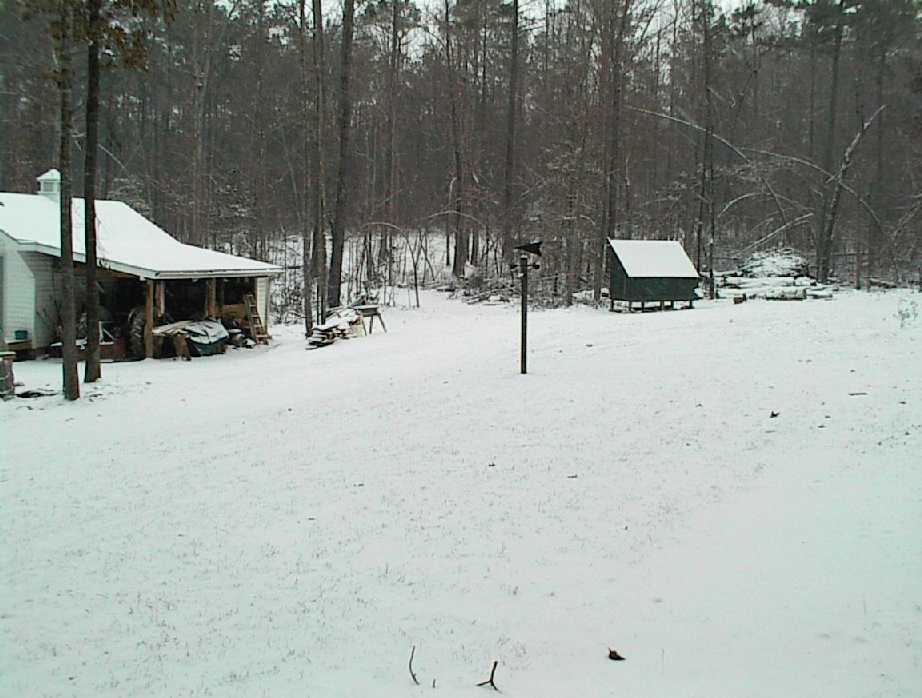Should Hardwood be Air-Dried Before Kiln-Drying?
A discussion on the best drying schedule for maple, white ash, black ash, beech, cherry, and birch. December 1, 2005
Question
I've been talking to some kiln operators in my area. The first guy wants me to sticker my green lumber for about two months, then he'll dry it in his DH kiln for about three weeks to 6%. He wants 30 cents/BF to dry it. The second guy wants me to sticker my green lumber for 5 months, then he'll kiln dry it to 6% in his wood heated kiln in two weeks. He wants 16 cents/BF to dry it. The wood was cut 7/24, and was put on stickers yesterday. Maple, white ash, black ash, beech, cherry, and birch. Heavy on maple (soft and hard). How do these two guys sound? Which way would you lean?
Forum Responses
(Sawing and Drying Forum)
From contributor R:
Neither! The maple, cherry and ash are woods that are easy to dry from green. There really is no advantage, other than very minimal energy savings, in air drying first with these species. (Which is more than offset with inventory turnover times.) The maple and white ash will produce the best color being dried from green and greatly reduce the chance of gray/sticker stain. Of course, I'm in the deep south, where dead stacking maple overnight can be a disaster.
From Gene Wengert, forum technical advisor:
Another big concern is the power that each kiln has. It might be that these kilns have low energy input, so if you put in green lumber, you would have a mold factory because the RH would be too high. I vote for neither person and would look for someone that would take it at a high MC... high MC probably means that they have a kiln with enough heat and venting and spray.
Note that if you air dry first, you will likely not have any drying stress (casehardening), so the kiln will not have to use a conditioning (steaming) period. When drying green, casehardening is likely and so conditioning is required to remove it.
From the original questioner:
These two kilns are my only options, as transporting this much lumber very far is very difficult for me, and both kilns are close. Having said that, is my lumber going to be junk?
From contributor M:
Gene, could you please elaborate on your comment that drying green will always result in casehardening?
From Gene Wengert, forum technical advisor:
Casehardening results when the outside fibers try to shrink but are prevented from shrinking as much as they want by the wet, unshrinking core. (The case is not harder than the core, incidentally. Casehardening is a stress condition.) In air drying, this also develops, but then the 100% RH at night relieves the stress.
From the original questioner:
Do you suspect my maple, ash, and beech will be of very poor quality, if I air dry this stack for 3 or 4 months?
From Gene Wengert, forum technical advisor:
It is more likely that the color will not be as white and bright as if you had skipped air drying.
From the original questioner:
Until I get my own kiln, I'm at the mercy of the only two in my area. And they require extensive air drying.
Gene, in "Drying Hardwood Lumber," I read that there is a significant advantage to shed drying, if air drying is a must. Since my local kilns require air drying before they'll take it, and since I don't have room or the money to build an air drying shed, what are your thoughts on placing some sort of stake on top of my outdoor stacked lumber, and then draping a very large piece of Shade-DRI over the stack, effectively building a Shade-DRI tent over the lumber? Is that a good alternative to building an actual shed? Should that assist me in obtaining a higher quality product?
From Gene Wengert, forum technical advisor:
For ash, maple, etc., you want to dry as fast as possible. A roof over the lumber (i.e., an open walled shed) is okay, but that is it.
From contributor C:
You can accomplish almost the same thing as a shed by putting a layer of stickers on top of the stack and covering it with sheets of treated plywood or that wavy plastic roofing material so that it sticks out 6-10" from the side of the stack. I did this a year ago with the plywood and got good results. Some of the lumber on the very outside of the stack darkened a bit for the 2-3" on the edge, but the rest looks great and the darkening has planed off on most of the boards. Just make sure you weight or tie down the cover so it doesn't blow off.
